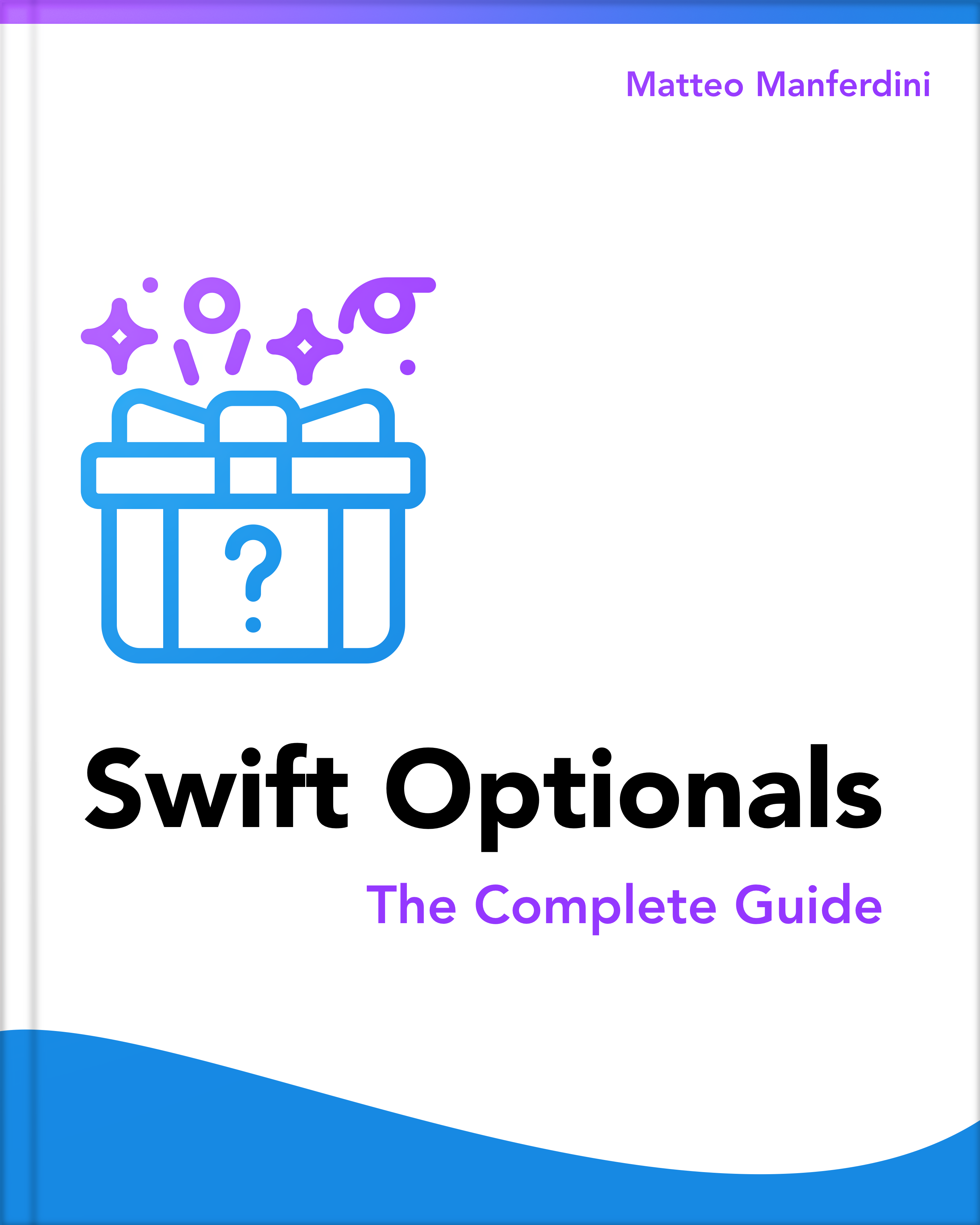View controllers have a central role in iOS apps and build the skeleton of every app you make. This is because each screen of the app is represented by a single view controller. Because of this central role they have, they are at the center of a lot of activity and perform many duties during their lifetime.
Matteo has been developing apps for iOS since 2008. He has been teaching iOS development best practices to hundreds of students since 2015 and he is the developer of Vulcan, a macOS app to generate SwiftUI code. Before that he was a freelance iOS developer for small and big clients, including TomTom, Squla, Siilo, and Layar. Matteo got a master’s degree in computer science and computational logic at the University of Turin. In his spare time he dances and teaches tango.


